The planning and design process assesses alternative options of Network Technologies, Network Migration, and Expansion Considerations and incorporates them into the planning document. Network Planning & Design Services deliver value by designing the most economical network with the highest Quality of Service to support current and future service, technology and capacity requirements.
Telecom Communication
Wireless and Wire Line Network Planning




Solution Consulting and Project Management
We can provide customers end-to-end turnkey services right from Design to Implementation for Wired, Wireless, WAN as well as hybrid industrial Ethernet networks. Our unrivaled experience with Data, Voice, and Video & Surveillance implementation also makes us clear choice when implementing converged network. Our team of experienced project managers is second to none, in terms of planning, co-ordination as well as management of large & complex Network Infrastructure Projects.
RF Planning
RF Planning is the process of assigning frequencies, transmitter locations and parameters of a wireless communications system to provide sufficient coverage and capacity for the services required. The RF plan of a cellular communication system has two objectives: coverage and capacity. Coverage relates to the geographical footprint within the system that has sufficient RF signal strength to provide for a call/data session. Capacity relates to the capability of the system to sustain a given number of subscribers.
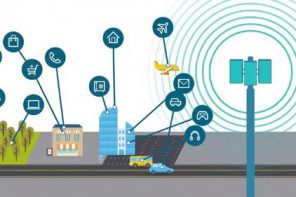


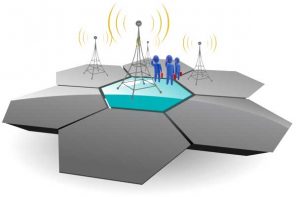
RF Engineering
Radio-frequency engineering is incorporated into almost everything that transmits or receives a radio wave, which includes, but is not limited to, mobile phones, radios, Wi-Fi, and two-way radios. Radio-frequency engineering is a highly specialized field falling typically in one of two areas (1) providing or controlling coverage with some kind of antenna/transmission system and (2) generating or receiving signals to or from that transmission system to other communications electronics or controls.
RF optimization
Optimization is an important step in the life cycle of a wireless network. Drive testing is the first step in the process, with the goal of collecting measurement data as a function of location. Once the data has been collected over the desired RF coverage area, it is output to post-processing software. Engineers can use the collection and post-processing software to identify the causes of RF coverage or interference problems and determine how these problems can be solved. When the problems, causes and solutions have been identified, steps are performed to solve the problems. Network statistics are also an important step in analysis and troubleshooting of RF issues. Every node (BTS, BSC, MSC) has its own counters some of which are incremented/decremented on occurrence of different events e.g. a dropped call due to low signal strength. These statistics are analysed using different graphs and reports and when KPI from the statistics exceed the limit, extensive analysis is carried out to identify and troubleshoot the problem.
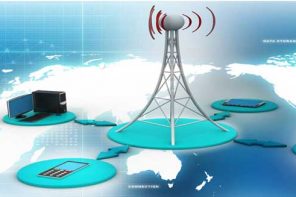
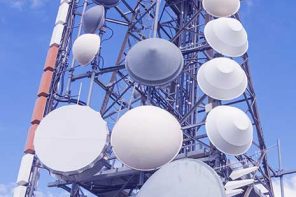


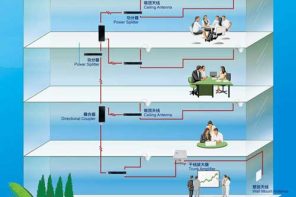
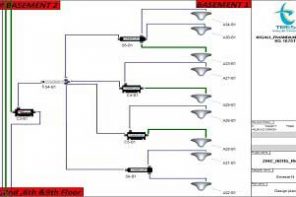
DAS - IBS- In Building Solutions
In-building systems with distributed antennas can be planned in various ways. The more antennas used the lower the output power level needed for good coverage and capacity. The antennas can transmit in one (directional), two (bi-directional) or all directions (omni-directional). The maximum input power for in-building antennas, and pico radio base stations with integrated antennas, is usually less than 30 dBm (1 W). Another antenna solution makes use of leaky cables. This solution is mainly used in basements and culverts
System Integration Services
RF Site Survey
A process used to determine the number and placement of access points (AP) that provides adequate coverage throughout the facility. With wireless systems, it’s difficult to predict the propagation of radio waves and detect the presence of interfering signals without the use of test equipment. As a result, it’s often necessary to perform a RF site survey to fully understand the behavior of radio waves within a facility before installing wireless network access points. The ultimate goal of a RF site survey is to supply enough information to determine the number and placement of access points that provides adequate coverage throughout the facility. In most implementations, adequate coverage means support of a minimum data rate. A RF site survey also detects the presence of interference coming from other sources that could degrade the performance of the wireless LAN

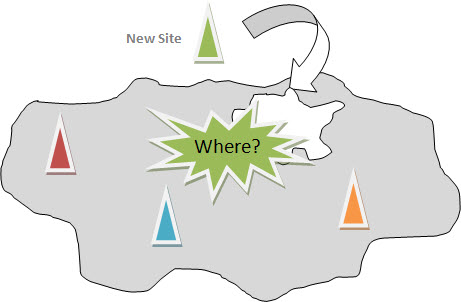

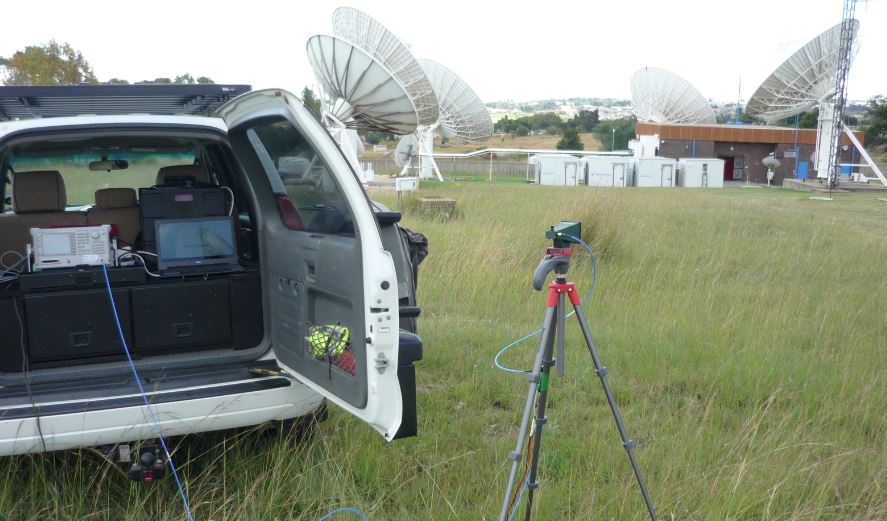
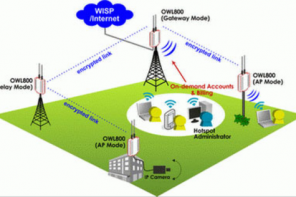
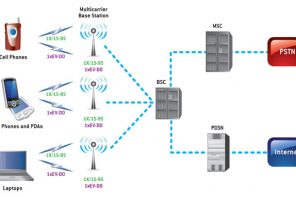
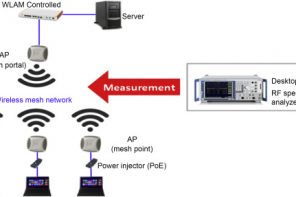

I&C of Wi-Fi Networks
– WiFi is a technology that uses radio waves to provide network connectivity. A WiFi connection is established using a wireless adapter to create hotspots – areas in the vicinity of a wireless router that are connected to the network and allow users to access internet services. Once configured, WiFi provides wireless connectivity to your devices by emitting frequencies between 2.4GHz – 5GHz, The network’s central point is the access point, which is a router with transmitting antennas which route the transfer of data. Typically, the range of this Wi-Fi access point to any Wi-Fi capable devices is about 300 feet outdoors and 150 feet indoors. This estimated range does not take into account any obstructions which may block the signal, including walls, solid objects or trees. The more obstructions in the signal’s path from the base station, the shorter the range will be
Distributed Antenna Systems ( DAS )
Roya3lWave Telecom provides in-building wireless voice/data coverage and capacity solutions. We are customer focused and have the right experience and people to provide efficient and cost effective solutions and services to our customers across a wide range of industries. Our solutions are built to the specifications of every customer’s individual needs because every structure and venue has its own unique characteristics and wireless challenges.
Our Talented solution architecture team and skilled field support teams always help customers by proper surveys and designs to derive suitable solutions. Back end support and development teams are well equipped to provide the right solution to the end customers.
We offer the following:
DAS Solution consulting and program Management
-
- Passive DAS Solution
- Active DAS Solution
- Hybrid DAS Solution
Coverage Enhancement Solution consulting and program Management
-
- Services are below
- Preliminary and Technical Survey
- Design & Documentation
- Program Management & Installation
- In Warranty Maintenance, After Warranty Maintenance
- Operation And Maintenance

Off Air repeater solution: Cellular Network test and monitoring solution: We are providing a tailor made solution for two crucial goals: improving customers’ network reliability and reducing operational costs. The systems can be deployed within the fields of:
-
- Service quality monitoring
- Network benchmarking
- Optimization and Troubleshooting
Small Cell solution: Our systems are inexpensive and fast to deploy.It will make a difference and add value to any contractor/vendor,tower operator or operator.
Indoor Radio planning: The Radio Planning plays an important role in the performance of any DAS solution. The good planning is not only providing the absolute signal level but rather to the quality of the signal. This is described as the signal-to noise ratio (SNR).The good radio designer, doing indoor coverage solutions, will make an effort to make sure the design is maximized to have the best possible isolation from the outside network.
Radio network planning includes
-
-
- Service quality monitoring
- Network benchmarking
- Optimization and Troubleshooting
-
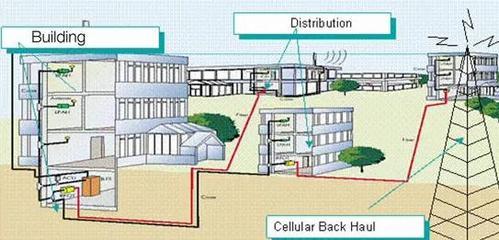
DAS Integration and Commissioning: DAS system integration and commissioning requires skilled resource. The integration has to be good and meet the customer expectation System Integration includes:
-
-
- Installation of cable and passive Accessories
- Installation of Active Units and passive elements
- Power cable and Signaling cable routing
- Installation of fiber distribution accessories
- Powering up and Commissioning of Active Units
- Grounding RF and IF cables
- Making As built document and Acceptance test as per the guidelines
-
DAS Optimization: RF Optimization is one of the key challenges in any Cellular Network. Optimization is a continuous process and helps in understanding the deficiencies in the Network. These deficiencies in terms of coverage, capacity and QoS. It can be tuned with appropriate measures. Optimization will be continuous process of improving overall network.
DAS Optimization includes:
-
-
- Coverage and capacity Measurements
- Proposing the require changes
- Interference measurements and fine tuning the network
- DAS operation and maintenance: Continues monitoring, routine checkup and preventive maintenance will give a good KPI of the DAS network.
-
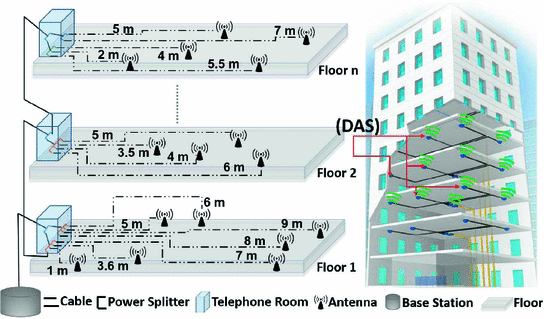


IT Infrastructure Consultancy
- Structure Cabling, Copper / Fiber
- Wifi Digital Communication
- IBS-In Building Solution
- Microwave Wireless Connectivity
- Mining Consultancy Solutions
